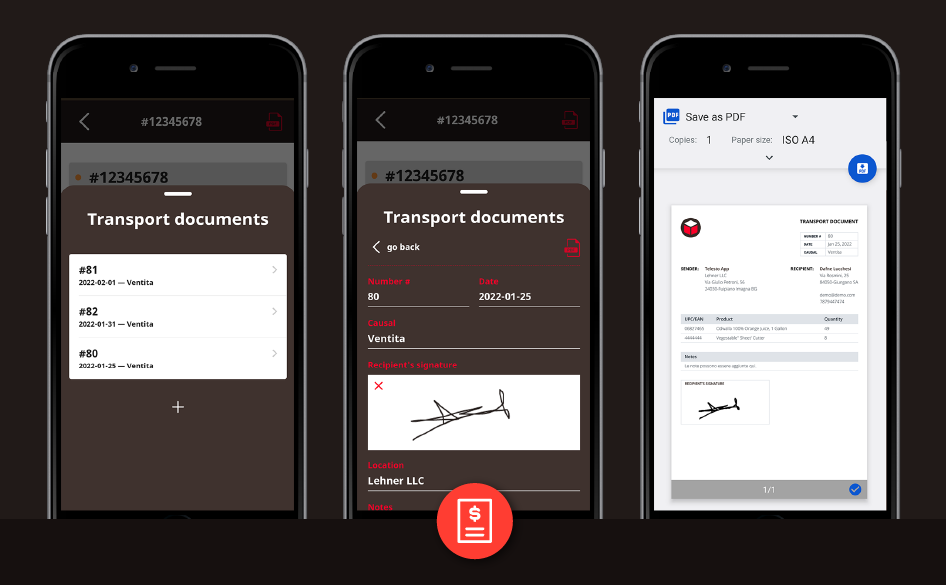The transport document, commonly known as DDT (short for Documento di Trasporto), is a document required by Italian law. It must be issued by companies to justify or prove the movement of goods or raw materials from one location to another, even when the transfer happens between two facilities of the same company.
The DDT must be created before the goods are shipped and sent to the customer on the same day the goods are dispatched. While the law allows sending it separately, it’s generally recommended to include the DDT with the goods and deliver it directly to the recipient.
This document is essential for issuing a deferred invoice, which can be generated up to the 15th day of the month following the date of shipment.
The transport document as we know it today was introduced in Italy in 1996 to replace the delivery note. This update followed the adoption of EU regulations, which made the traditional packing slip unnecessary for shipments between member states.
How to create a DDT?
You can create a DDT manually using a pre-made Excel or PDF template. This approach works for very small businesses, but it often becomes inefficient and error-prone as operations grow. You’ll need to manually fill out details such as the sender, recipient, list of goods, quantities, unit of measure, shipment date, and transport reason.
To make things easier, many companies use invoicing or inventory management software that creates DDTs using existing data. This helps avoid mistakes, saves time, and keeps everything organized, especially when sending goods to the same customers often.
If you manage inventory and frequently ship goods, Telesto: Inventory Management can help. It creates DDTs automatically during stock transfers. The receiving warehouse can sign the document directly in the app, keeping everything accurate and connected in real time.
